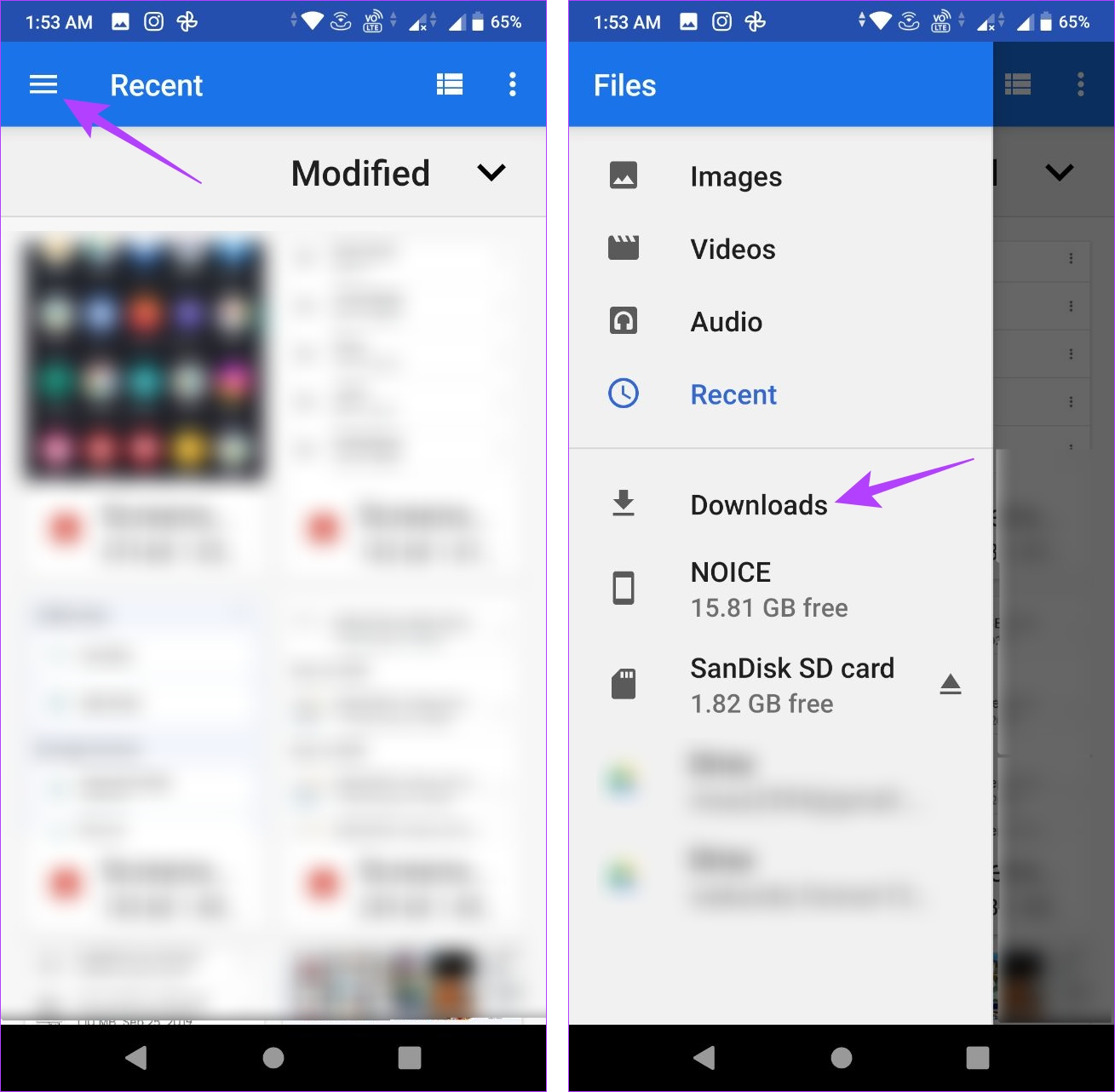Situating downloaded files on your Android tool can be a difficulty. With ease, your phone can swiftly end up being cluttered with images, videos, screenshots, and other documents. To free up area on your tool, it's important to monitor where your downloads are conserved. This way, you can quickly identify and erase unneeded documents.

This overview reveals you just how to locate an crucial data that disappeared and exactly how to arrange your Downloads folder. Below's how to discover downloads on your tool, whether you use one of the very best Google Pixel phones or an additional Android smart device.
Locate your downloads with the default data manager
Each smart device maker may supply a somewhat different integrated Android application for data management, but your experience needs to be similar. If you own a Samsung phone, refer to our tutorial, which demonstrates how to discover downloads on your Samsung Galaxy phone.
Similar to operating systems like Windows, macOS, and iphone, Android has a Downloads folder for your files. Do the following to locate the downloads on your device:
1. Open the Documents or My Files app from the home display or application drawer.
2. Seek a section called Downloads.
3. Touch it to check out the documents you downloaded.
Make use of the Documents by Google app for your downloads
If you're looking for a simple and efficient means to find your downloaded data on your Android gadget, take into consideration making use of Data by Google from the Google Play Store. This app stands out as a leading option for its easy to use interface and capability, making it an exceptional choice to any kind of preinstalled file manager application on your gadget.
4. Open the Files application.
5. Select the Browse tab near the bottom.
6. Tap Downloads.
7. Select the Download and install tab to see the documents in that folder.
Locate your downloads manually
Browse to your phone's internal storage if you can't locate the storage space area of the Downloads folder on the homepage of your data supervisor application. Here's just how you do it:
1. Open up the Data app.
2. Select the Browse tab at the bottom.
3. Scroll down and go to Inner storage space.
4. Tap the Download and install folder.
Move your downloads to one more location
Transferring files out of the for various reasons, specifically for documents that hold delicate or individual information. Positioning such documents in their designated folder improves their safety and security and lowers the risk of unintentional deletion. Furthermore, it aids prevent them from being lost among the multitude of unrelated files you may download.
1. Open the Files app.
2. Navigate to your Download folder.
3. Tap the three-dot menu to the right of any file.
4. Choose the Move to option.
5. Tap Internal storage at the bottom.
6. Select any location or folder.
7. Tap Move here to transfer the file to that location.
Additionally, you can utilize the Copy to feature and transfer these files to a different location. This enables you to create numerous copies without deleting the original files from your Download folder.
View the exact location of your downloadsM/b >
You may want to see the location of the Download folder for various reasons from time to time. Tap the three-dot menu next to one of your downloaded files and go to File info. The/ storage/emulated/0/ Download path is the default for many modern Android devices. Some third-party web browsers might save files to a different folder, but this should be the location for most downloads.
Managing your downloads is easier than you think
Google's Files app is a where are my downloads stored on my android phone great option if you prefer simplicity in a file manager. It has a clean UI and easy-to-use features. The app neatly organizes your documents by file types like downloads, images, videos, and audio. It also offers to clear junk files.
When it comes to organizing and cleaning, you can create extra storage room by mastering the removal of unnecessary WhatsApp media files. On select Android devices, you have the option to add an SD card if storage space remains limited.